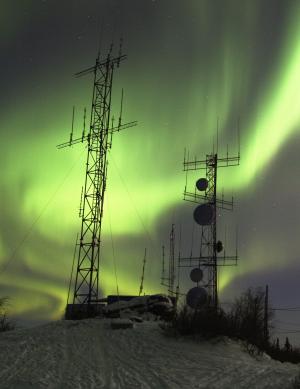Geomagnetic storms and the limits of human experience.
Bruce W. Radford is publisher of Public Utilities Fortnightly.
On April 30, the Federal Energy Regulatory Commission (FERC) held a technical conference to review scientific claims and policy arguments about geomagnetic disturbances, known as GMD—how some say that a once-in-a-century solar storm could induce a power surge on the interstate grid so destructive as to cook and fry as many 300 extra-high-voltage transformers, plunging much of the nation into a blackout lasting months or even years. Some researchers even harbor fears that GMDs could end life as we know it.

This doomsday scenario came from the National Academy of Scientists, in a study completed in 2008. As noted by Scott Pugh of U.S. Dept. of Homeland Security (DHS), that study included a worst-case estimate that roughly one-third of the country could lose power for several years if a solar storm should strike Earth with the intensity of a famous event that occurred in 1921, a storm more severe than any since then, and which ranks second in severity in modern human history, behind the so-called Carrington Event of 1859.
Another study, issued in 2010 under the joint sponsorship of FERC, DOE, and Homeland Security, raised similar alarms in 2010. That project included a six-part report by California’s Metatech Corp. (Meta-R-319, through Meta-R-324), prepared for the Oak Ridge National Lab, under the direction of Ben McConnell of ORNL’s Power and Energy Systems Group.

